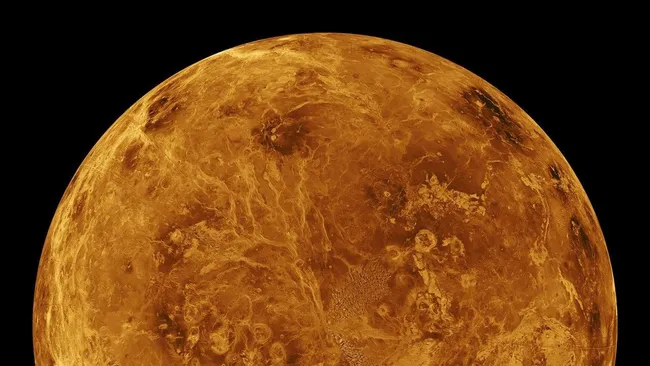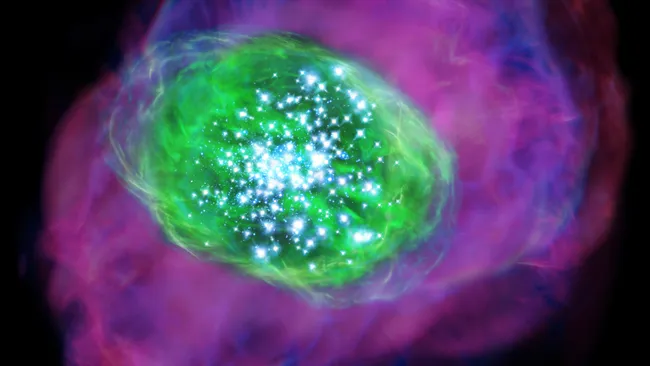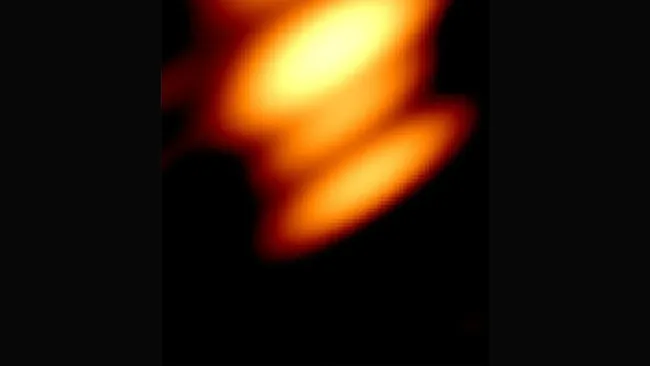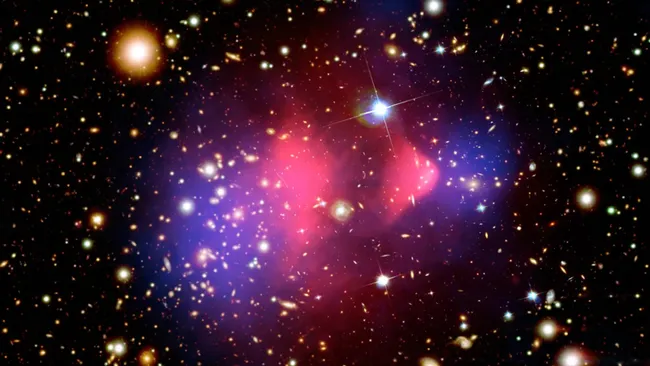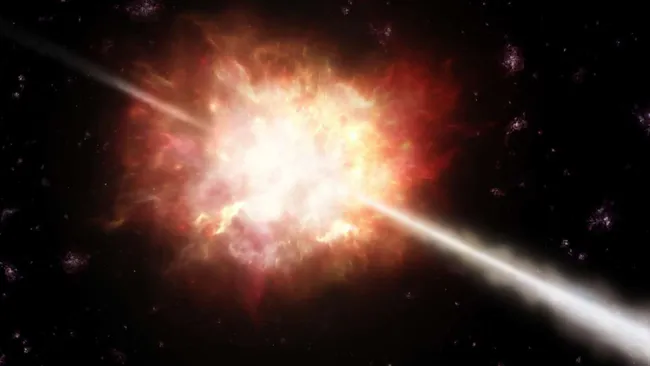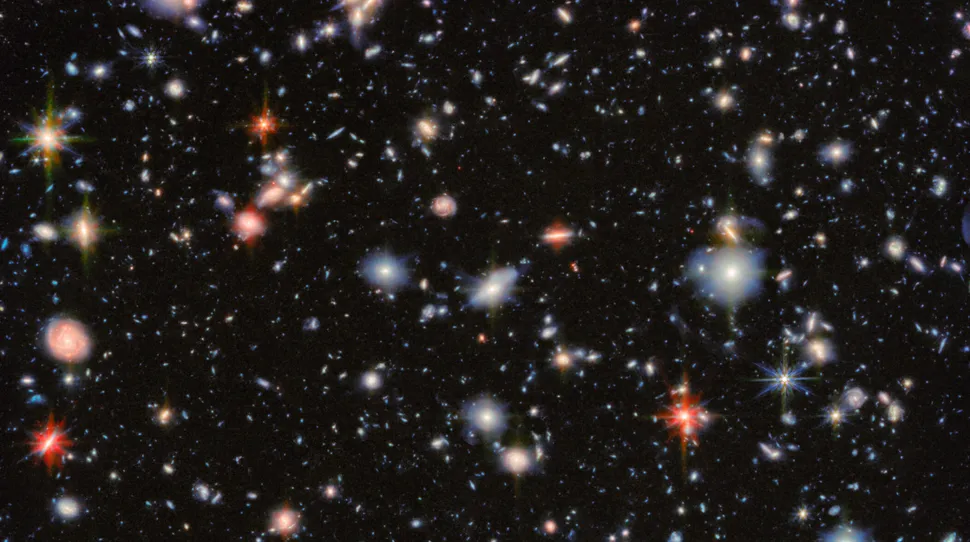The crown-like surface formations of Venus, known as coronae, may finally have a scientific explanation. A new study suggests that a “glass ceiling” in the planet’s mantle traps heat, creating plume activity that drives the formation of these enigmatic features.
According to lead researcher Madeleine Kerr of the University of San Diego’s Scripps Institution of Oceanography, these findings could unlock the mystery of Venus’ coronae. Despite being considered Earth’s twin, Venus displays unique geological structures that set it apart.
Scientists have identified over 700 coronae across Venus’ surface. Their vast range in size, with some exceeding 500 kilometers in diameter, has long puzzled researchers. Unlike Earth, which has shifting tectonic plates, Venus is covered by a single continuous crust, complicating earlier explanations.
The study proposes that hot plumes from Venus’ mantle are mostly blocked by a barrier at about 600 kilometers depth. This “glass ceiling” prevents most plumes from reaching the surface. Instead, they spread sideways beneath the barrier, creating smaller, localized instabilities. Only the largest plumes penetrate through, forming massive volcanic rises.
Computational models showed how cold material sinking from the crust triggers plume formation below. This mechanism naturally explains the variety of crown-shaped coronae found on Venus. The researchers argue that this process is fueled by mantle conditions 250 to 400 kelvins hotter than Earth’s.
However, uncertainties remain. Future studies must include 3D modeling, melting processes, and different mantle compositions to fully understand how Venus’ internal heat produces its coronae and volcanoes.
With this mantle glass ceiling hypothesis, scientists are closer than ever to solving one of Venus’ most enduring geological mysteries.

